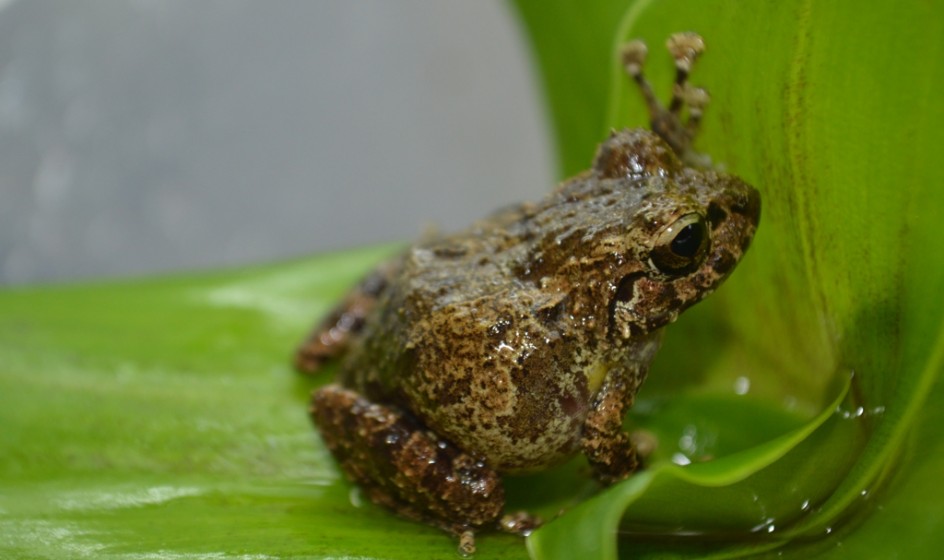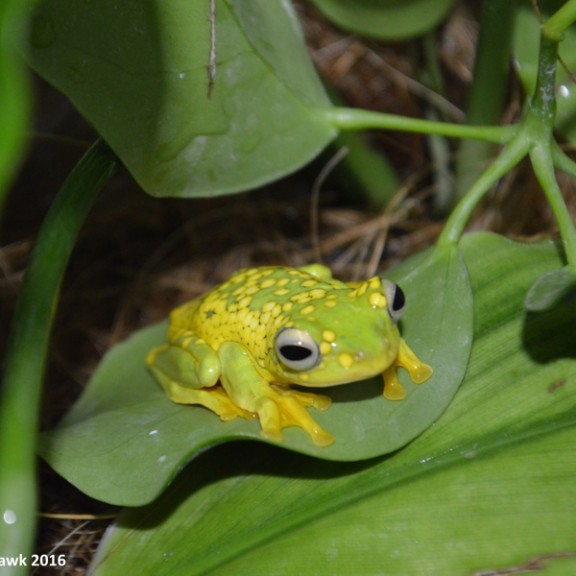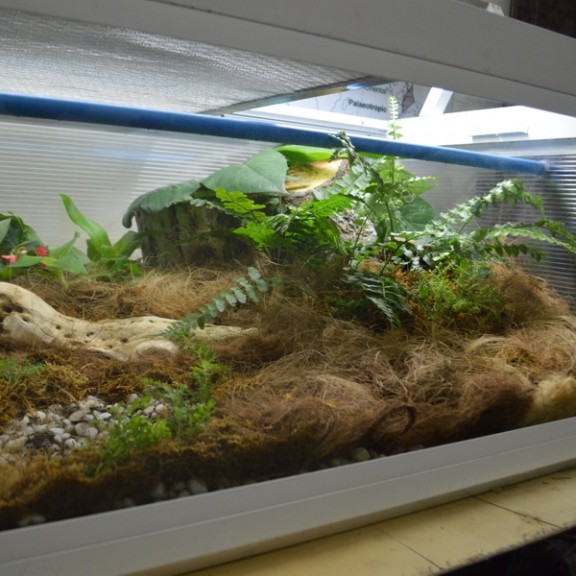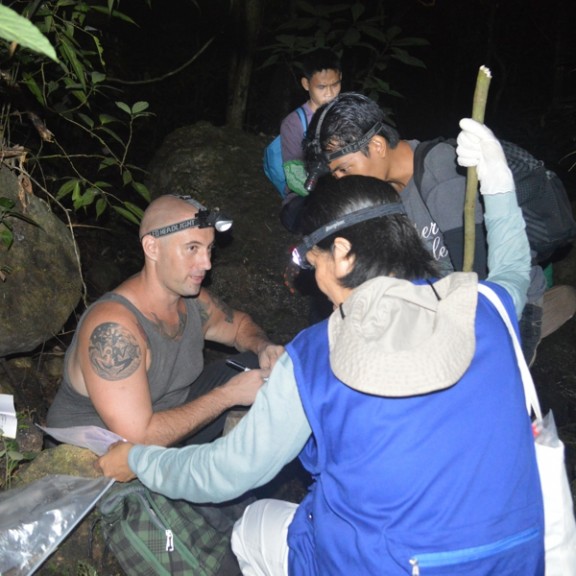

Gigantes Island Frog
Amphibian conservation in the Philippines – Project Palaka
The Philippines has one of the highest rates of amphibian endemism on the planet. Approximately 80% of frog and toad species of the Philippines are endemic. However, almost half of those native amphibian species have been declared in imminent risk of extinction. The main threats faced by Philippine amphibians are habitat destruction, deforestation, disease, water pollution, and poaching.
The focus species of this project is Platymantis insulatus, the Gigantes Forest Frog. This species is classified as IUCN Critically Endangered, and occurs exclusively in the relatively remote Gigantes Islands. It reproduces in the limestone caves of the island and uses the forests to forage. Its special habitat is threatened by deforestation, climate change, and damage to the cave ecosystems on Gigantes as a result of guano mining, tourism, and graffiti/vandalism. The species does not occur in any protected areas, and before the start of this project, no conservation actions have been undertaken for the species. It is unlikely that threats will be mitigated in the near future, hence the need for a captive conservation breeding aspect to the conservation program.
The overall goal of Project Palaka, led by the University of the Philippines (UPLB), is to ensure the long-term survival of threatened and endangered native Philippine amphibians through the combination of ex-situ captive breeding programs and in-situ, site-specific conservation measures and research.
Project aims:
- Increase of the knowledge about the behaviour, ecology and habitat use of the little known Gigantes Island Frog
- Successful conservation breeding at UPLB, the only ex situ captive breeding station in the Philippines
Planned project activities:
- Establishing population status and trends, habitat assessment, and threat assessment for Platymantis insulates
- Interviewing local people from nearby communities, seeking information on the economic use of the species’ habitat by humans
- Development of an IUCN Conservation Strategy and Action Plan.
- Keeping and breeding pairs of Gigantes island frogs at UPLB and developing respective husbandy protocols
- Capacity building for students and community members to participate in field work and captive breeding efforts
- Local community members hired and trained as field guides
The funds provided by Stiftung Artenschutz are to cover the cost of the in-situ conservation efforts (although ex situ and in situ efforts are inevitably connected in this project).
Project Partner: Project Palaka


